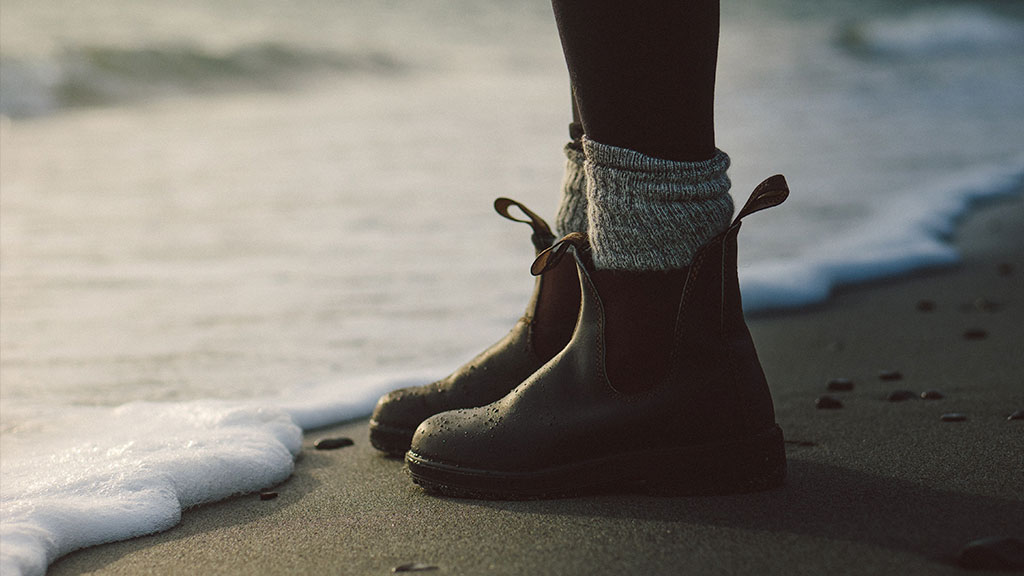Blundstone Boots - Everything You Need To Know
Since 1870 Blundstone has produced tough, no-nonsense boots for work and play.
Established in Tasmania, Blunstone has grown to become one of the world's most recognisable footwear brands. Crafted to tough harsh weather and untamed terrain, Blundstone boots have done it all - survived colonial Tasmania, marched in the Australian army, been deep in mines, laboured on the land and even climbed Everest!
Today, Blundstone boots are worn by trailblazer's around the world, exploring everywhere from mountain peaks to the pavements of fashion capitals. It's not just about performance, these hardwearing boots look great too. Tough yet sensitive, they're a perfect balance of substance and style. Designed to be worn and lived in, Blundstone boots can be pulled on and off up to 10,000 times. Mess them up or dress them down. Whatever your next adventure is, take your Blundstone's, they’ll be up for it!
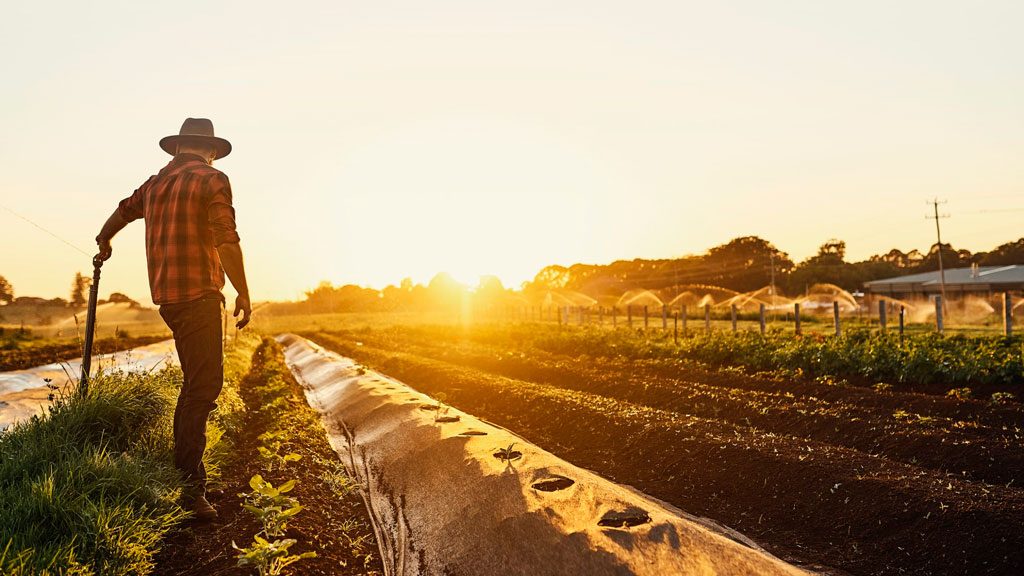
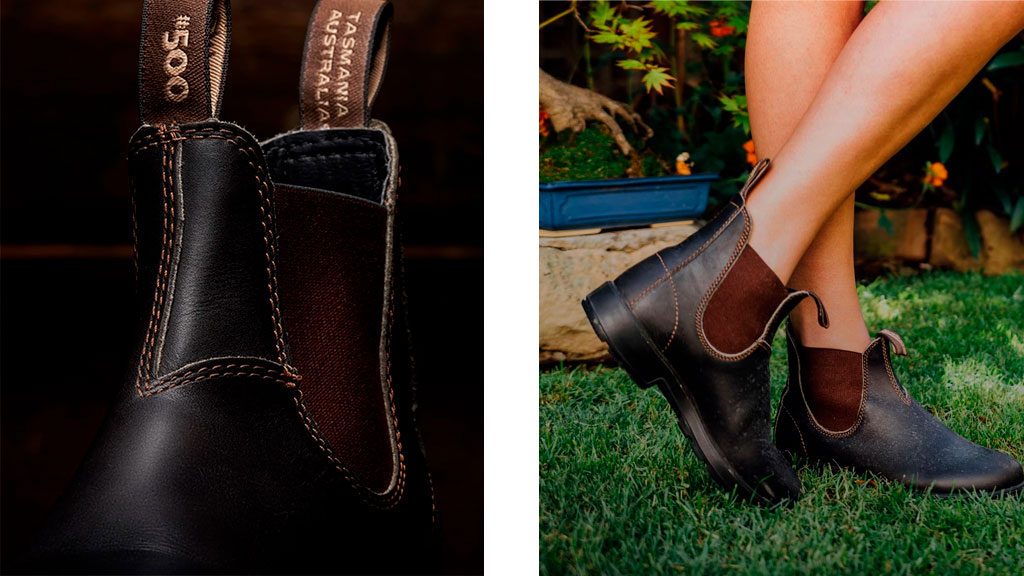
Blundstone Boots FAQs
What's so special about Blundstone boots?
These boots are the real deal. With a rich heritage of producing well-made boots that are crafted to withstand harsh environments, Blunstone boots stand the test of time. (Read on below to discover more about the Brand's fascinating history.) The boots have lots of well-designed features which make them comfortable, hardy and long-lasting.
Can Blundstones get wet?
Yes! You can’t ruin your Blundstones with a little water. Wear them through mud, snow, rain, shine, sweat and tears! Blundstones are made to be a little beat-up, they get better with every adventure and each scratch and scuff.
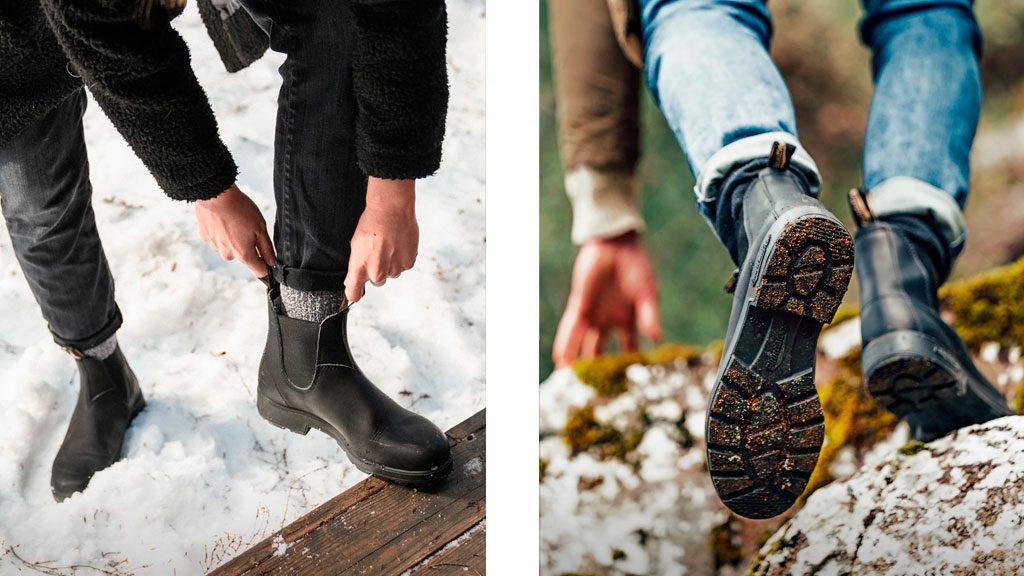
Are Blundstone boots good for walking?
Blundstone boots are great for walking and hiking. Special features including a steel shank between the forefoot and heel ensure you maintain the correct step flex point and assists with skeletal stability. A midsole with patented SPS Max Comfort System helps with impact absorption and the TPU outsole is highly durable.
Where are Blundstone boots made?
Blunstone has production sites around the globe, one being in Tasmania where the brand began. The others are based in Vietnam, Mexico, India, China, Thailand, Australia and New Zealand.
What are Blundstone boots made of?
The Blundstones sold at Utility Gift are made of premium leather. There's also some great key features - check out the image below which shows what's inside the iconic 500 Boot!
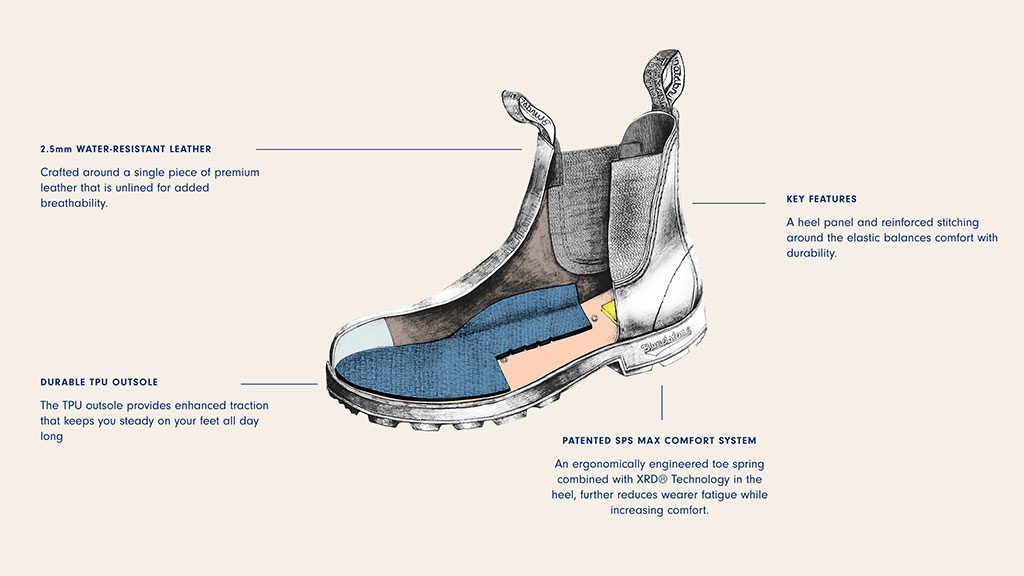
Are Blundstone boots true to size?
Blundstone boots are in Australian sizes. for UK women's sizes convert to one size down - so if you wear women's UK size 5, g for a Blundstone size 4. If you wear UK men's sizes just opt for your usual size! UK and Australian men's sizes are the same.
How do I clean my Blundstone boots?
Blundstone suggests the following steps for cleaning your leather boots:
First, remove any caked dirt on your boots with a soft-bristled brush or damp cloth, and leave your boots to air dry. Please ensure that your boots are away from direct sunlight or any heaters, as they will dry out the leather.
Apply leather polish, spray or cream to the leather to help maintain your boots. If you are using a polish for the first time, try it on an inconspicuous area of the boot to check whether it alters the colour or appearance.
If using a polish, apply a small amount of leather cleaner to a polishing cloth or brush and rub it onto the shoe in circular motions.
Where can I buy Blundstone boots?
Australia's favourite boot brand is now available here in at Utility Gift. Shop our selection of Blundstone Boots today.
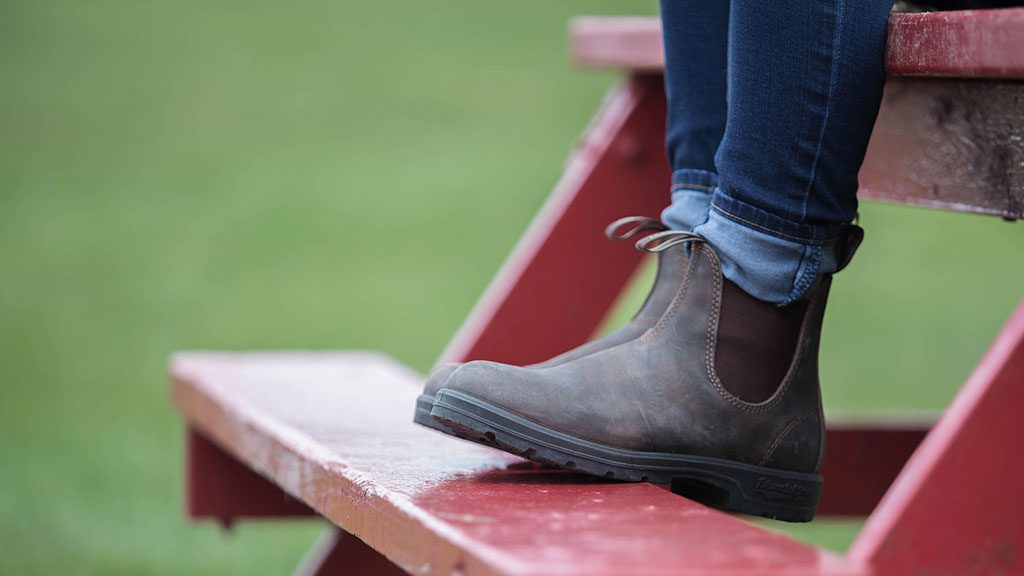
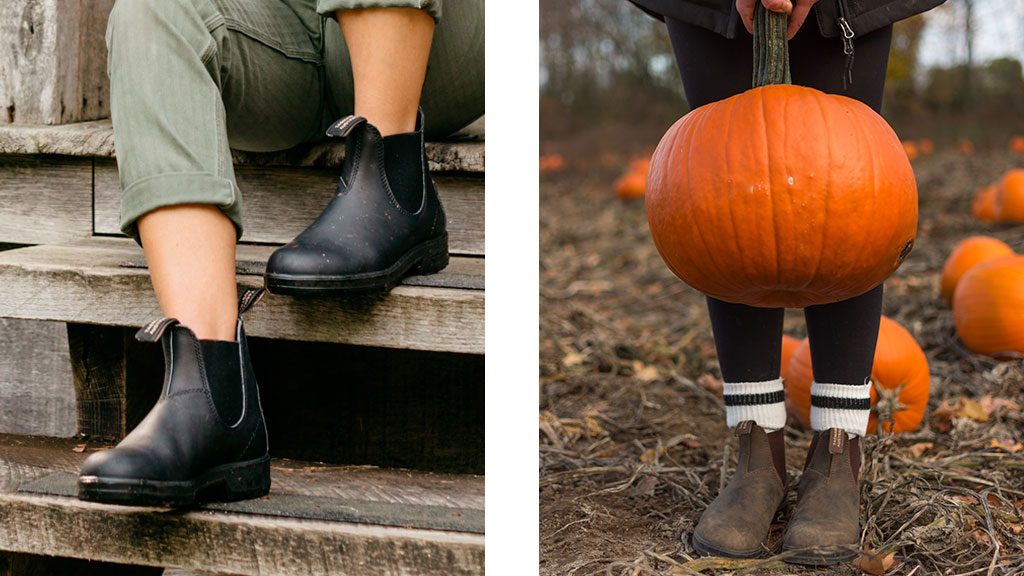
The History of Blundstone
For 150 years Blundstone has been a company on the go, always evolving. Founded in 1870, John Blundstone began crafting well made, fit-for-purpose footwear that could withstand the cobbled streets, rough farmland, dance and factory floors of rural life in Tasmania. Designed to be lived in and worked in, in the beautiful but harsh Tasmanian landscape, these boots have toughness in their DNA.
Though both Blundstone and the island they call home have changed a lot since 1870, the brand's ethos remains the same. With a commitment to quality and innovation, Blundstone has endured the great depression, both world wars, and an everchanging fashion landscape- from the swinging '60s to 2000's festival fashion. Over the years Blundstone has put boots on the feet of Assie soldiers, Everest expedition, footballers, factory workers, farmers and festival goers! Here's a brief history of the brand so far...
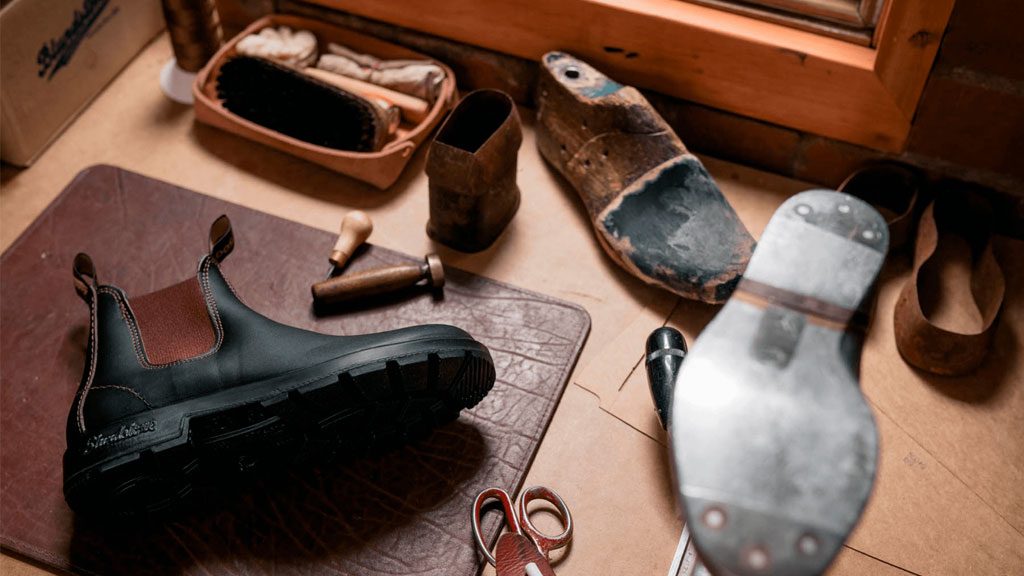
Blunstone's Timeline
1800s
The Blundstone family arrive in Hobart, Tasmania following a 93-day boat journey from England. John Blundstone and Sons is founded in 1870. At first, Blundstone imported bots from England before starting to produce them with locally sourced materials. In 1984 Blundstone shoes were described as "second to none" at the International Exhibition - a sign of great things to come.
1900s
A state of the art factory is built in central Hobart where Blundstone began producing 2000 pairs of shoes and boots a week. During WW1. Blundstone was one of 20 footwear manufacturers contacted to produce boots for the Australian soldiers.
1930s
The far-reaching cloud that was the great depression spread to Tasmania. During this time, the Cuthbertson's, a family known for quality footwear and leather tanning acquired the Blundstone business. The new owners kept the original name due to its reputation for quality and reliability.
1940s
Blundstone supplied the Australian army with half a million pairs of boots during WW2, including boots with jungle cleats worn on the infamous Kokoda Track. These boots gained an excellent reputation, so much so that American soldiers would try (and succeed!) in swapping them for their own. This design went on to become the foundation for Blundstone's modern-day workboots.
1950s
In the post-war era, Blundstone lead the way in footwear production with their cutting edge sole technology. The brand started producing made to order workboots that could withstand the most extreme conditions, including 350-degree temperatures in the baking rooms of smelters!
1960s
The iconic 500 series is born, these boots are true originals with a design that's evolved over time to incorporate new technology. Since its launch more than 25 million pairs of 500's have been sold around the world, proving to a be bit with creatives, adventurers and workers alike.
1970s
In the late 70s Blundstone reached new heights on the feet of n an Australian expedition to Everest. The decade ended with an Australian Design Award for their range of safety boots, the first ever given to a footwear producer.
1980s
Managing director Sir Harold Cuthbertson is knighted for services to industry and the community. The main factory is also relocated to Moonah in Hobart and a new factory in Aukland, New Zealand opens.
1990s
By the late 1990s, Blundstone is sold in 22 countries worldwide! The brand spreads its artistic wings and collaborate with the Sydney Dance Company's production of Tap Dogs.
2000s and Onwards
Starting with a bang, Blundstone boots are on the feet of dancers of the Sydney Olympic Games in 2000. By the mid-2000s Blunstone is producing one million pairs of boots every year out of its Hobart factory. This decade saw a change in consumer choices and global supply chains. Today Blunstones are manufactured in six sites around the world, including Hobart.
Shop Blundstone Boots today at Utility, from £145
Time for more? 7 Ways to Reduce Your Environmental Impact | Why Books Makes the Best Gifts | 10 Home Styling Tips with HAY
-
Brand SpotlightsThe Joyful World of JellycatRead More
Everything you need to know about Jellycat, the soft toy brand that's taken the world (and our hearts) by storm Oh the comfort that a small, squishy toy can bring. Jellycat, teddies, stuffed animals, soft toys. Whatever you call them...
-
Home inspo10 Ways To Use A Hay Colour CrateRead More
An eco version of the stackable storage solution that we all know and love has landed! Here are some ideas on how you can use Hay Colour Crates to organise, save space and add a sparkle of personality to your...
